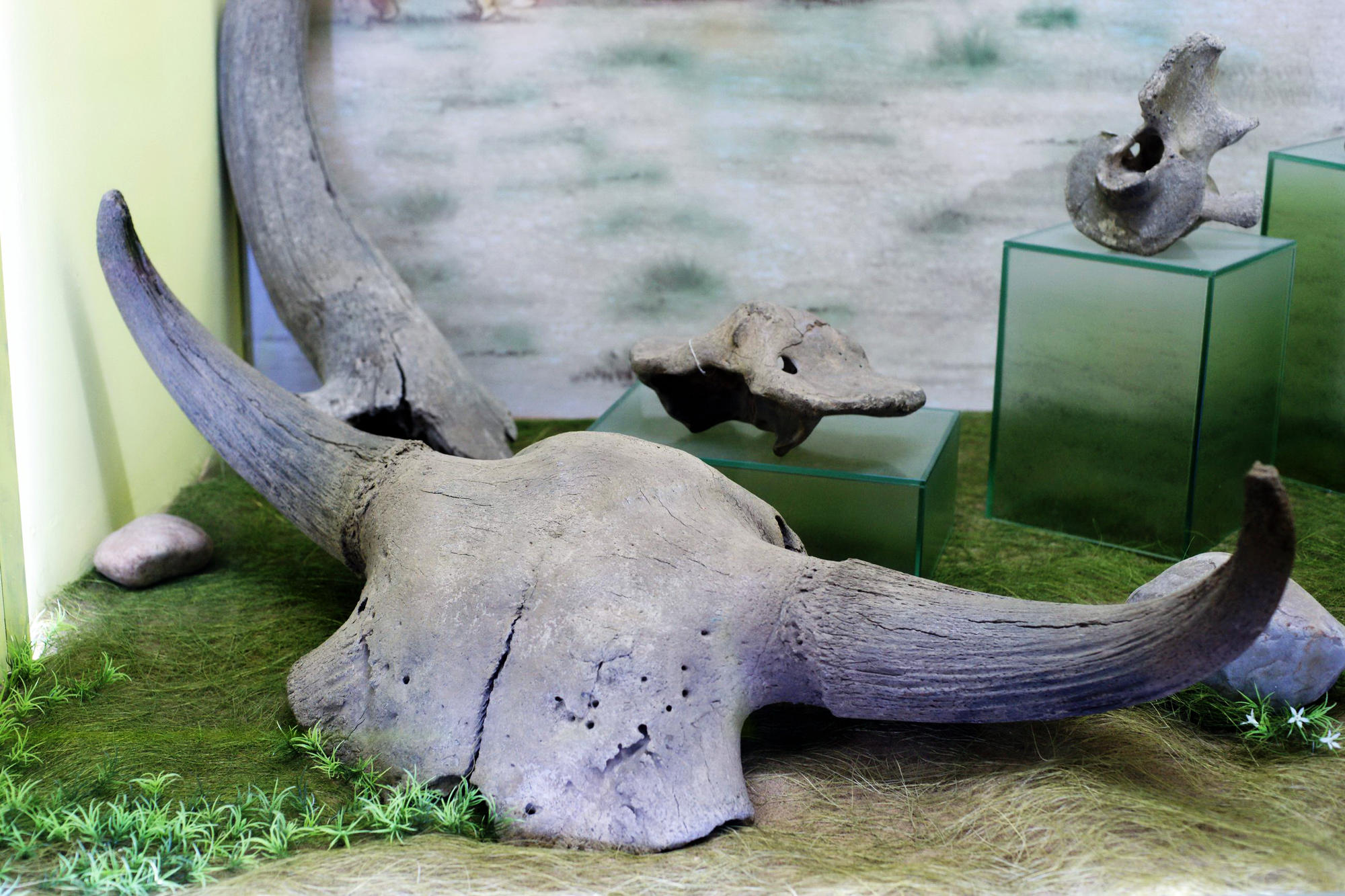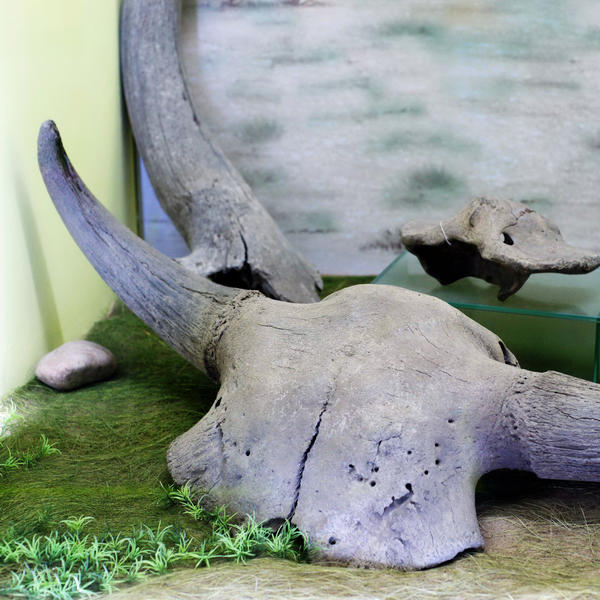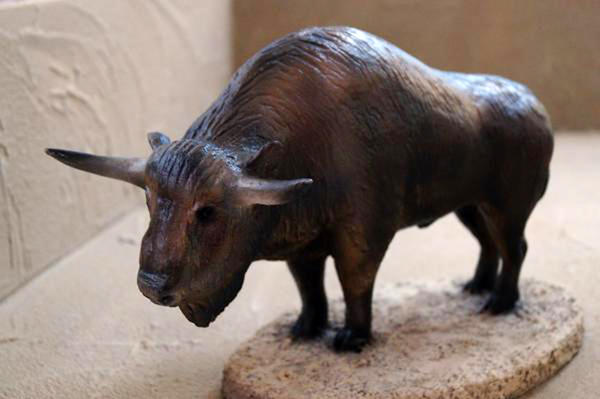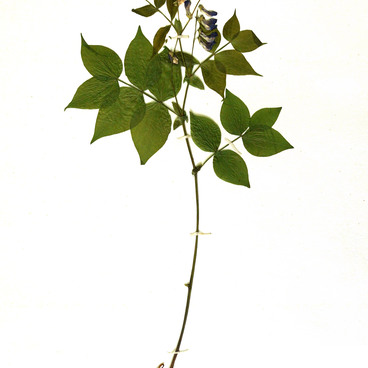The skull of this extinct species of bison in the museum’s collection is more than 13 thousand years old. The first species of bison appeared some 800 thousand years ago in the territory occupied by contemporary Eurasia. They were the most dominant and prevalent species of large herbivorous mammals during the pre-Glacial and Glacial periods. Their contemporaries included yaks, giant cheetahs, cave lions, woolly rhinoceros, mammoths, and other animals.
#1
Bison skull
#3
#9
During the global glaciation, bison made it over across Beringia, the land and maritime area that used to connect North-East Asia and the north-western part of North America.
#11
Evolution of bison is traced through incremental increase in the size of the skull, teeth, and bones. 200 thousand years ago, mature bulls towered at more than two meters.
#5
Bison had almost no natural enemies. No predator would dare attack such a giant alone, therefore bison headcount grew at an impressive speed. They migrated regularly in massive herds: for the winter, they would migrate southwards to return to the north during the springtime. These animals fed mainly on dry grass they found in the steppe. In cold snowy winters, bison pastured on open areas. They mined food from under the snow or invaded waterside forests where they ate shrub offshoots. They lived for up to 50 years.
Bison
#6
In the late Holocene, the geological epoch which began after the Glacial period some 12 thousand years ago, bison were hunted by the primitive man. To our day, Paleolithic sites of primitive men reveal parietal paintings of animals alongside heaps of bison bones. The most famous spot with parietal art is the primeval cave of Altamira in Spain.
Some 13.5 thousand years ago the global warming curtailed the area of bison distribution. The changing climate first made the bison adapt to living in the woods and then it went completely extinct in the territory of Eurasia.
#7
Today, there are two species that are the closest to the steppe bison: the American bison and the European bison (or European wisent) spread in Poland, Belorussia, Lithuania, and Ukraine. In 1923, there was established the Society for the Protection of the European Bison which prohibits the keeping of this animal at zoos. There is a hybrid of these two descendants of the primeval bison, and one can get to see them in the Novo-Kavgol forest park in Toksovo near St. Petersburg.
#12
Kuzebai Gerd National Museum of the Republic of Udmurtia
read morehide
00:00
00:00
1x
Bison skull
Creation period
150-13 thousand years
Collection
Exhibition
1
Open in app
Share




